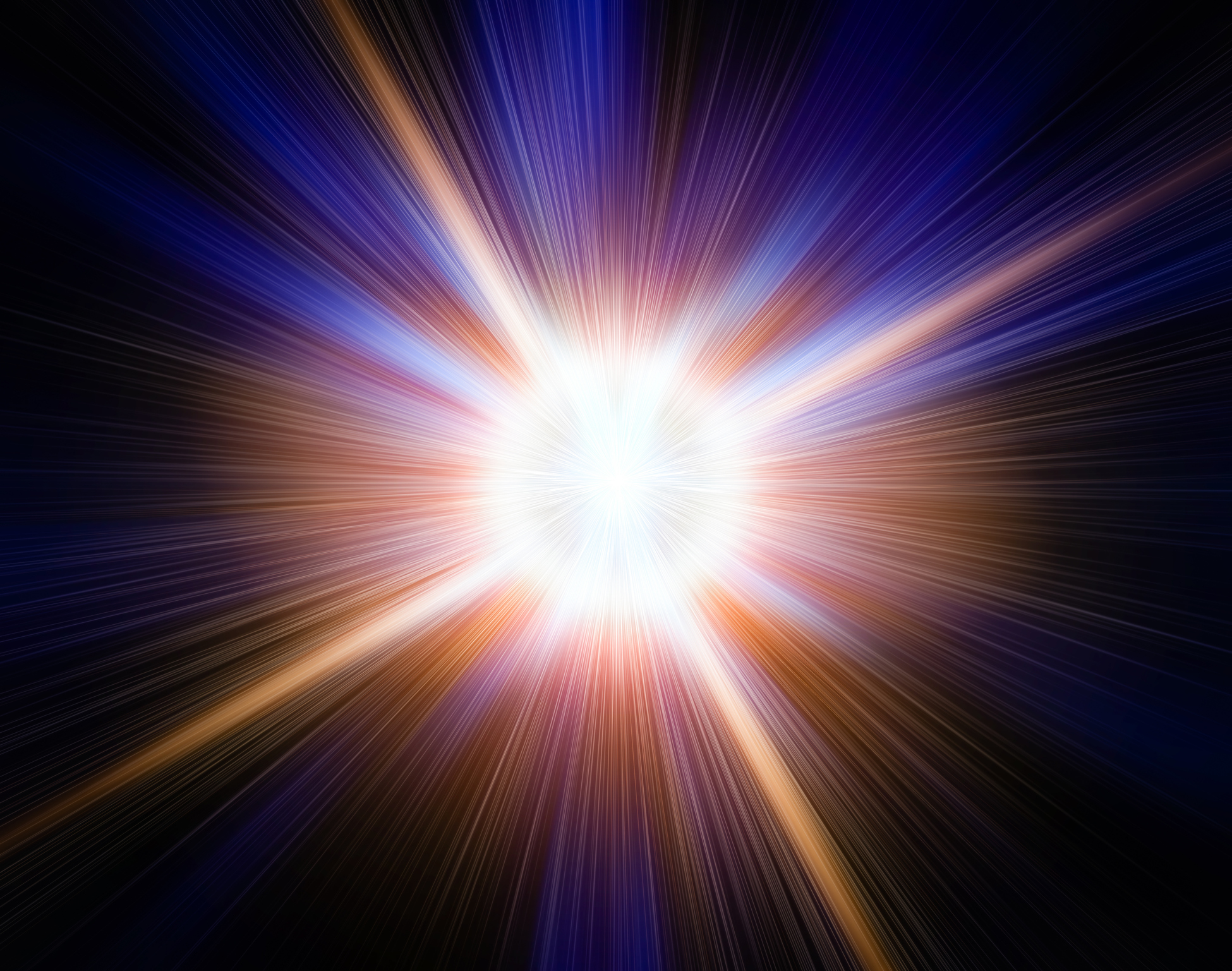Astrophysicist Says New Telescope Could Confirm How Universe Began
A Princeton University astrophysicist believes that with the help of a new telescope in Chile, she and her team can confirm exactly what happened after the Big Bang that created the known universe 13.8 billion years ago. Scientists have theorized that by observing the cosmic microwave background (CMB), the remnant of the light left after ...

A Princeton University astrophysicist believes that with the help of a new telescope in Chile, she and her team can confirm exactly what happened after the Big Bang that created the known universe 13.8 billion years ago.
Scientists have theorized that by observing the cosmic microwave background (CMB), the remnant of the light left after the explosion of the Big Bang, they could determine how the universe has been inflating ever since.
But as astrophysicist Jo Dunkley explained, scientists can “extrapolate backwards and infer what could have happened to produce the patterns we see in the CMB … But there are other scenarios you could imagine that could produce those patterns.”
Dunkley told New Scientist’s Jonathan O’Callaghan, “Before we had any of the particles we are familiar with now – protons, neutrons, light and so on – we think the universe was permeated by a different kind of energy. We call it the inflaton field, but we really don’t know exactly what it was. The energy stored in that field drove this exponentially fast growth of space at the beginning of time. It did so until the inflaton field decayed and we started forming the particles we know and the universe evolved into the form we have now.”
Am I Racist? Is In Theaters NOW — Get Your Tickets Here!
Dunkley said she and her colleagues have been using the Atacama Cosmology Telescope (ACT) in Chile, but the new telescopes at the Simons Observatory will make the job more accurate. She explained that they want to observe gravitational waves —ripples in the fabric of space-time that “squeeze and stretch space in a particular way; they squeeze in one direction and stretch in another” to see how the light of the CMB is polarized.
“We’re looking for this very, very faint polarized signal in the CMB that could only come from gravitational waves,” she stated.
But because it’s a tiny signal, and the scientists have to peer through the Milky Way to see it and light from other sources in the galaxy complicates matters as well as water vapor in the atmosphere, the capacity to use both the Simons Observatory in Chile and the BICEP-Keck telescopes at the South Pole could prove crucial to getting a better view because conditions at the two telescopes are different.
“We’re looking for variations in what we can think of as the temperature of the CMB that are billionths of a fraction of a degree,” Dunkley said. “The polarized signal is a very subtle departure from something uniform. The Simons Observatory will help because it has tens of thousands of detectors, which is 10 times more than previous generations of telescopes such as the ACT.”
“There’s so much richness of information in the CMB,” Dunkley enthused. “I remember a few years ago people thinking we had measured the CMB, and that was it, done. Then we realized how much there is to know, not only in its polarization, but as a backlight through the whole universe. It just keeps producing more exciting stuff.”
Originally Published at Daily Wire, World Net Daily, or The Blaze
What's Your Reaction?
































































































